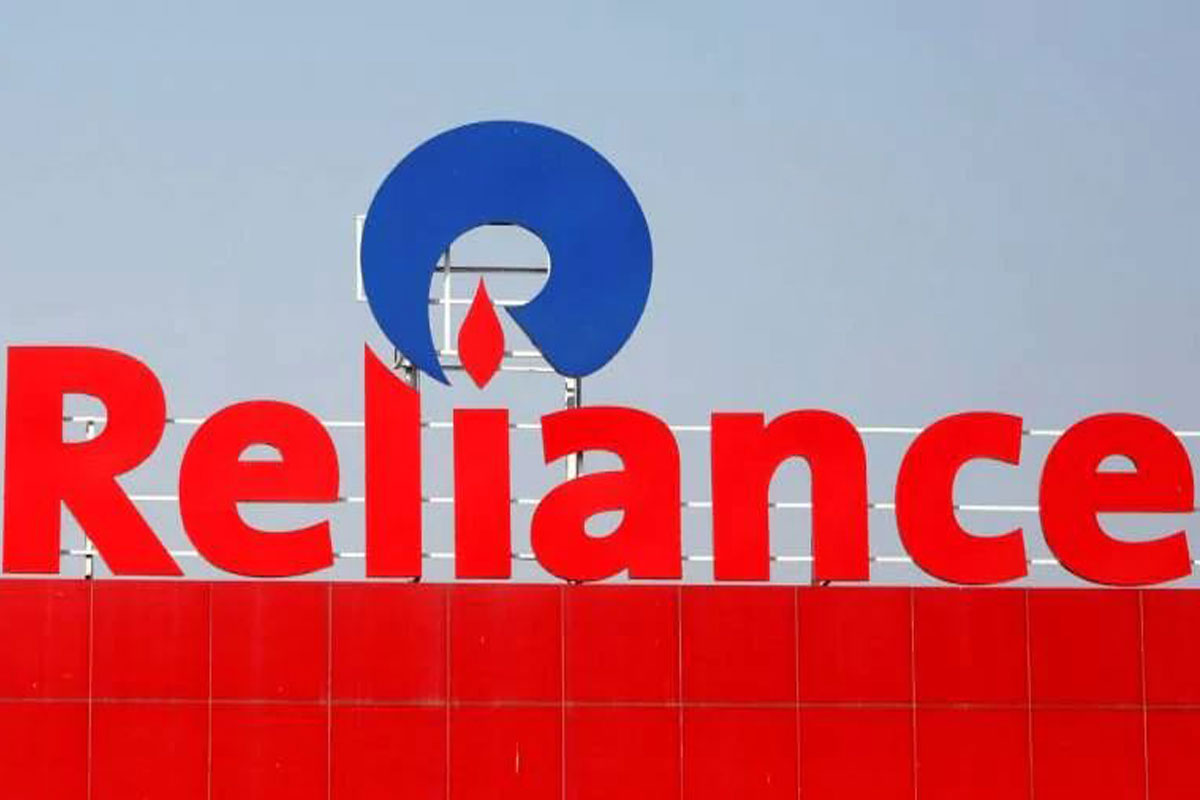Reliance Annual Report Signals Economic Volatility and Strategy Amid Global Shifts
Reliance annual report 2025 has highlighted emerging concerns that could significantly influence its oil-to-chemicals (O2C) business. The report notes rising geopolitical tensions, particularly due to new tariff regimes and sanctions, as key risks that could distort trade flows and disrupt the delicate demand-supply balance.
The document, covering the fiscal year ending March 2025, comes at a time when the global energy market is experiencing unpredictable swings. The recent imposition of an additional 25% tariff by the United States on Indian imports in response to India’s growing oil ties with Russia has further fueled uncertainty. This policy shift, among others, puts immense pressure on Reliance, India’s largest buyer of Russian crude, and could potentially narrow refining margins.
Reliance has already established itself as a key player in global refining, exporting millions of barrels of fuel products monthly. However, the evolving landscape marked by trade sanctions and tariff restructuring by Western powers may affect its ability to maintain profitability in fuel exports, particularly to markets like Europe.
Crude Price Volatility and Strategic Risk Management
The Reliance annual report underlines that crude prices will likely remain volatile in the foreseeable future. Factors such as sanctions, decisions from OPEC and non-OPEC nations, and fluctuating tariff policies are all contributing to unpredictable price movements. Yet, oil demand is expected to grow due to robust global economic activity, including recovery-driven initiatives in China and sustained industrial consumption.
Reliance remains optimistic about India’s domestic fuel demand. The company expects a healthy growth trajectory driven by increased transportation, infrastructure development, and industrial activity. Simultaneously, the company recognizes the ongoing global energy transition. Even as electric vehicle adoption accelerates, traditional energy demand persists.
To safeguard its business, Reliance emphasized its strong liquidity framework. The group executed a multi-currency, multi-instrument financial strategy to ensure flexibility and maintain an optimal capital structure. Surplus funds have been strategically invested in stable instruments, thereby insulating them from market instability.
Chemical Demand and Green Commitments
According to the Reliance annual report, the downstream chemical segment is also projected to witness growth ahead of GDP expansion. Demand from key sectors like agriculture, packaging, infrastructure, and automotive is likely to support this trend.

Reliance has reaffirmed its commitment to achieving net-zero carbon emissions by 2035. As part of this transition, the company is rapidly developing a 30 GWh modular battery gigafactory. This facility will focus on manufacturing cells, energy storage systems, and critical battery materials. The move is aligned with Reliance’s broader clean energy goals and supports India’s growing green energy ambitions.
This strategic diversification into battery manufacturing and storage is not only part of its net-zero vision but also a hedge against long-term volatility in fossil fuel markets. The initiative also aligns Reliance with global trends toward decarbonization and energy storage innovation.
Global Trade Implications and Reliance’s Strategic Outlook
A particularly notable concern raised in the Reliance annual report is the EU’s recent ban on refined petroleum imports made from Russian crude in third countries. This regulation tightens already-strained global trade channels and has significant implications for Indian refiners like Reliance, which continue sourcing Russian oil.
Despite regulatory pressures, Reliance has continued to import Russian crude alongside private Indian refiners like Nayara Energy and HPCL Mittal Energy. Earlier agreements, including a massive supply deal with Russia’s Rosneft, ensure a steady flow of discounted crude to Reliance, a critical advantage in managing input costs. However, the U.S. tariffs could erode this benefit, reducing the cost competitiveness of Reliance’s exports. Also Read: SpaceX Return Mission Faces Weather Delay First Pacific Splashdown Confirmed
Even as certain state refiners have paused Russian oil purchases, Reliance’s approach shows a calculated risk-taking strategy aimed at maximizing margins, albeit in a more complex political environment. Any sharp deviation from this strategy, such as reduced access to affordable crude, could significantly affect the profitability of its refining operations.
Conclusion
The Reliance annual report 2025 reveals a complex but strategic view of global energy markets. While volatility, tariffs, and geopolitical pressures loom large, Reliance appears to be banking on financial resilience, domestic demand, and a transition toward cleaner energy to navigate uncertainty. Its ability to adapt to this shifting global landscape will be crucial in determining its long-term growth and stability.


